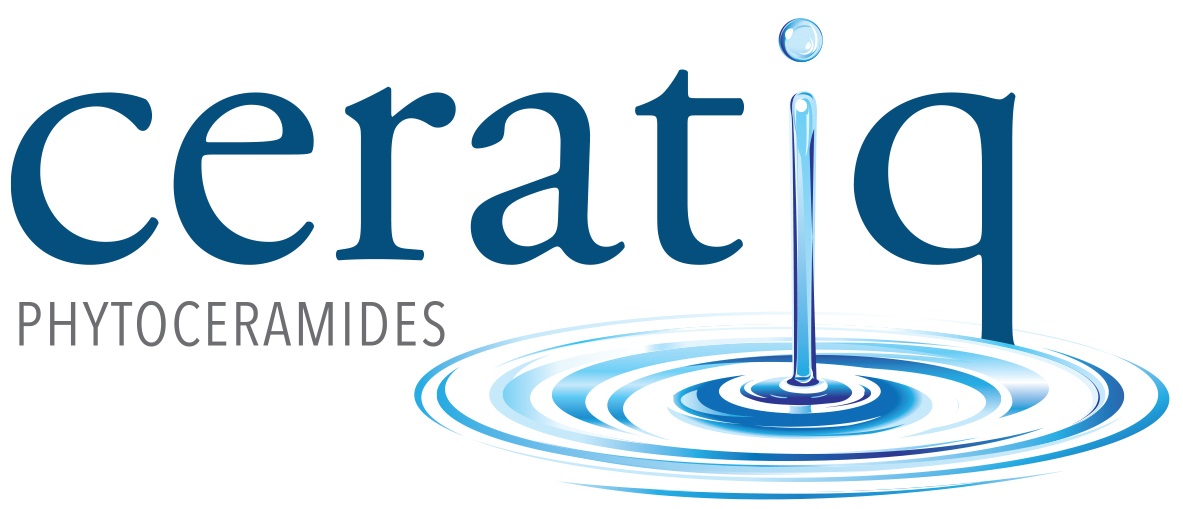-
Ingredient SolutionsQuickly narrow your search. Browse products in our sortable catalog. View Catalog
-
ApplicationsQuickly narrow your search. Browse products in our sortable catalog. View Catalog
-
ResourcesRecently Posted
-
PLT People & Planet
-
About
Our international network, passionate team of experts and extensive industry knowledge is what sets us apart.
 Seth FlowermanCEO
Seth FlowermanCEO
Polar lipids from wheat extract oil improve skin damages induced by aging

Polar lipids from wheat extract oil improve skin damages induced by aging: Evidence from a randomized, placebo‐controlled clinical trial in women and an ex vivo study on human skin explant
Boisnic, Sylvie & Keophiphath, Mayoura & Serandour, Anne‐Laure & Branchet, Marie‐Christine & Breton, Stéphanie & Lamour, Irène & Gaillard, Emmanuelle
(2019) JOURNAL OF COSMETIC DERMATOLOGY. 18. 10.1111/jocd.12967.
ABSTRACT
Amongst nutriments, vitamins and polyphenols present in various plants, some specific lipids play an important biological role in skin physiology. Whether they are a part of dietary supplements or formulated in functional foods, they are intended to improve protective ability, trophicity and mechanical properties of the cutaneous membranes.
Ceramides are specific lipids belonging to sphingolipid family and play a major biological role. They are indeed essential components of the skin and represent 35 to 40% of intercellular cement lipids [1]. Ceramides are well-known ingredients used for topical product formulation. Ceramides can be extracellular or intracellular [2]. Extracellular ceramides of type 1 and 6a stabilize lipidic layers and control transepidermal water evaporation. Type 2 ceramides are directly involved in water retention in stratum corneum double layers. Intracellular ceramides belong to non-acetylated ceramides group and act in cell proliferation and cell differentiation and in apoptosis [3]. Most ceramides are endogenous (biosynthesis), but there is also a part brought by food. Numerous studies [4, 5, 6, 7, 8] have confirmed that sphingolipids from food are hydrolysed in small intestine into bioactive components such as ceramides and sphingosines. Cerebrosides, which are specific sphingolipids, are slightly cleaved in the stomach and then hydrolysed in small intestine. [4, 6].
The studied ingredient, ceratiq (provided by Hitex, Vannes, is a non-GMO wheat lipid extract, which has unique composition, characterised by a high level in ceramides and glycosylceramides (around 4%) and in digalactosyldiglyceride or DGDG (45-50%), which is a glycolipid present in cellular membranes.
The HPLC characterisation of ceratiq has been performed by ITERG (Centre Technique Industriel des Corps Gras/Industrial Technical Center of Fat, Pessac, France). Important fact: Gluten residual content has been analysed by l’Institut Supérieur d’Hygiène Alimentaire/ Superior Institute of Food Hygiene (ISHA, Paris), and result allowed to classify ceratiq has a non-allergenic product.
ceratiq extraction process and the applications in cosmetics, dietary supplements and functional foods, have been subjects of two patents, a French one and a world one.
Important note: Japan quickly happened to be the first country looking at ceratiq, first plant combining vegetal ceramides and digalactosyldiglyceride. Thus in 1997 functional beverages and dietary supplements containing ceratiq have been on the Japanese market. These products, targeting mainly women, are intended to improve skin dryness problems.
In France, ceratiq has been authorized as a food ingredient by the French authority DGCCRF (Direction Générale de la Consommation, de la Concurrence et de la Répression des Fraudes/ Direction of Consumption, competition and Fraud Repression).
The current clinical study was carried on women with dry or very dry skin in order to verify ceratiq moisturizing effect. It was a randomized double-blind, placebo-controlled study with two parallel treatment groups: ceratiq and placebo. Treatment was administered for 3 months.














